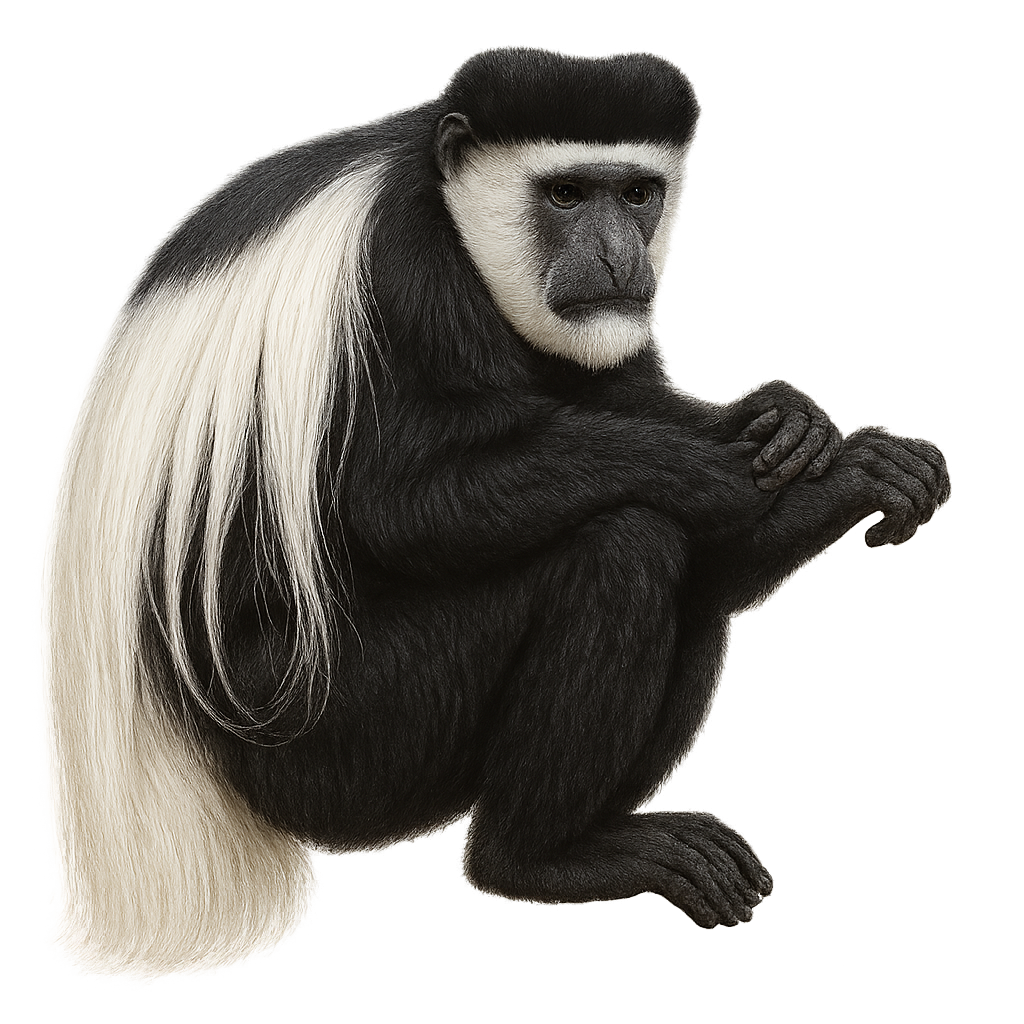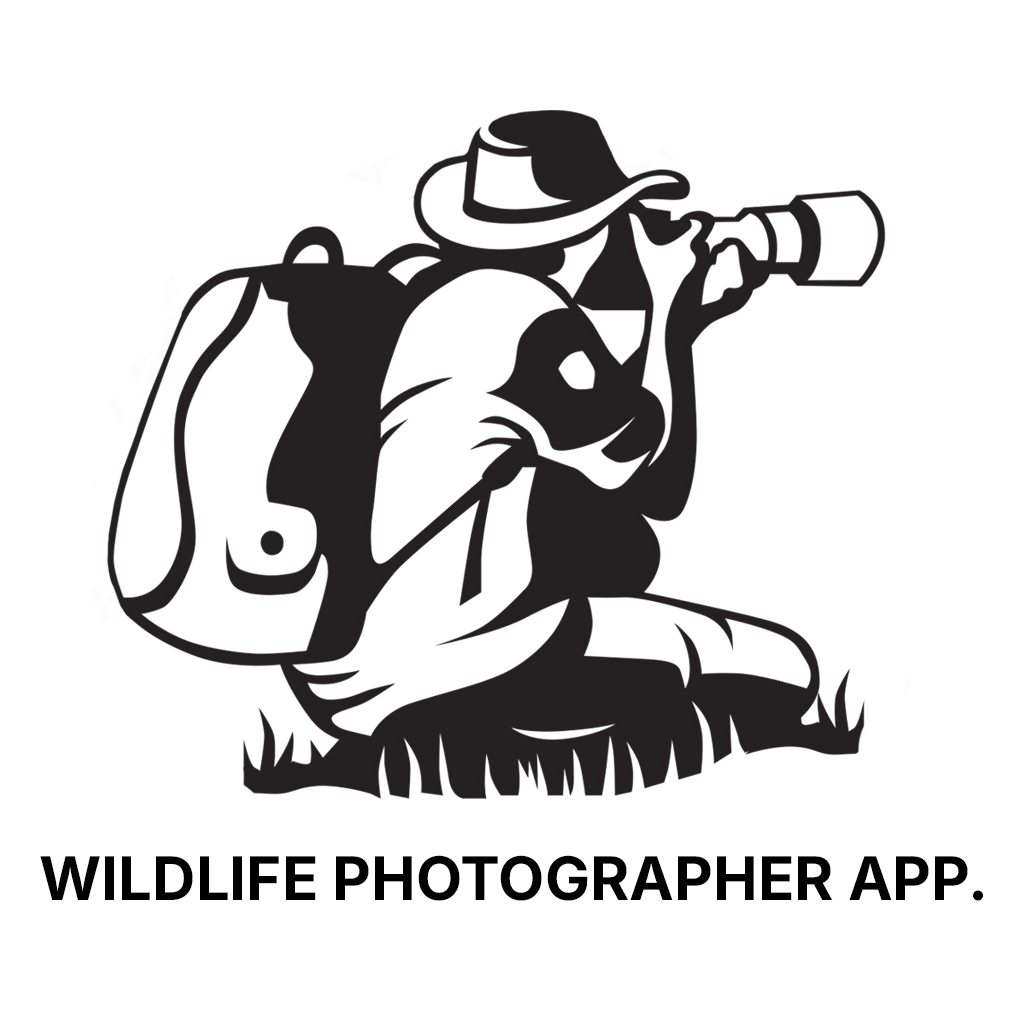Your wildlife photography guide.
Explore the angolan colobus in detail, study its behavior, prepare your shots.
Where to observe and photograph the angolan colobus in the wild
Learn where and when to spot the angolan colobus in the wild, how to identify the species based on distinctive features, and what natural environments it inhabits. The WildlifePhotographer app offers tailored photography tips that reflect the angolan colobus’s behavior, helping you capture better wildlife images. Explore the full species profile for key information including description, habitat, active periods, and approach techniques.
Angolan colobus
Scientific name: Colobus angolensis

IUCN Status: Least Concern
Family: CERCOPITHECIDAE
Group: Mammals
Sensitivity to human approach: Suspicious
Minimum approach distance: 10 m
Rut period: September to November
Gestation: 175-190 jours
Births: March to May
Habitat:
Tropical forests, montane forests, wooded savannas
Activity period :
Primarily active during the day, with peak activity in the morning and late afternoon.
Identification and description:
The Angolan colobus, or Colobus angolensis, is an arboreal primate known for its striking black and white fur. This monkey is particularly recognizable by the long white fringes adorning its shoulders and tail. It primarily inhabits the tropical forests of Central and East Africa, spending most of its time in the canopy. The Angolan colobus is a strict herbivore, feeding mainly on leaves, fruits, and flowers. It lives in social groups of up to 15 individuals, led by a dominant male. Although its habitat is threatened by deforestation, it remains relatively widespread in some areas.
Recommended lens:
400 mm – adjust based on distance, desired framing (portrait or habitat), and approach conditions.
Photography tips:
To photograph the Angolan colobus, it is advisable to use a telephoto lens of at least 400mm to capture detailed images without disturbing the animal. Aim to shoot early in the morning or late in the afternoon when the light is soft and the colobus is active. Be patient and discreet, blending into the environment to avoid scaring the group. Use a tripod to stabilize your camera and achieve sharp images, especially in the shaded areas of the forest.
The WildlifePhotographer App is coming soon!
Be the first to explore the best nature spots, track rutting seasons, log your observations, and observe more wildlife.
Already 1 439 wildlife lovers subscribed worldwide

